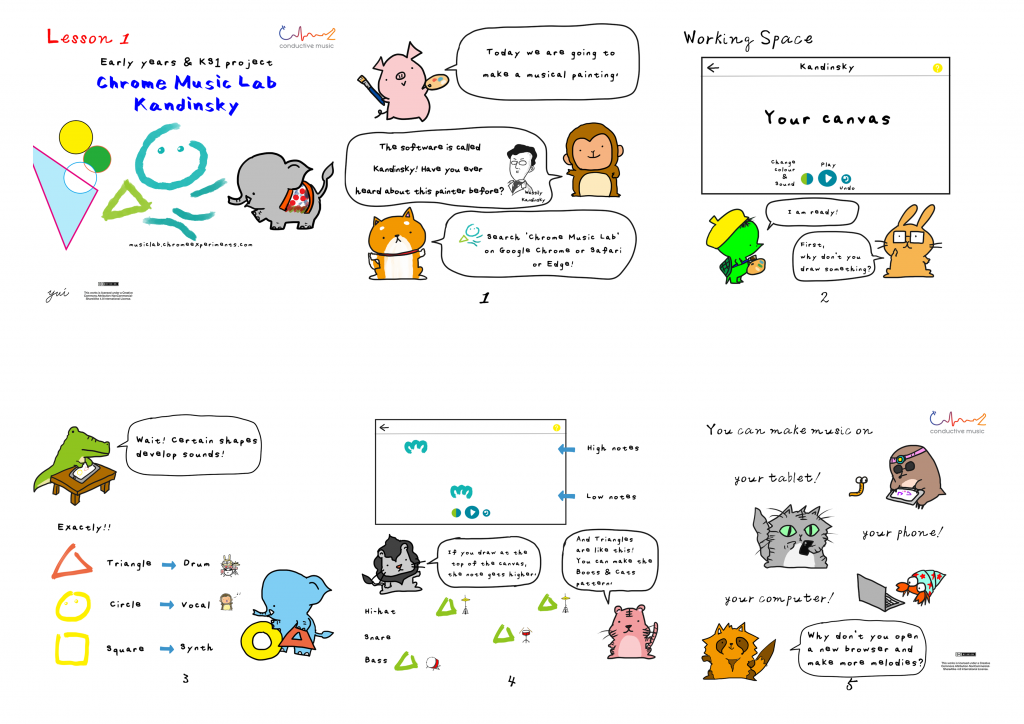

What happens to the sound when you change the colours? Which colour sounds did you like best?Ĭan you clap the rhythm created by your sounds? You could draw out your pattern of scribbles and shapes into your Home learning Book. Wassily Kandinsky’s work inspired the Kandinsky Chrome Music Lab experiment a Russian artist considered the pioneer of abstract art. You have created your own piece of music! If you don’t like a sound you can click on the ‘undo’ icon. You can then press the play button to hear all of your sounds in a particular order. Have fun drawing different shapes and squiggles and see how each shape it turned into a sound. He believed color expressed and could create mood the same way music does. It turns anything you draw – lines, circles, triangles, or scribbles – into sound. This experiment is inspired by Wassily Kandinsky, an artist who compared painting to making music.

Take his generic titles: Compositions, Improvisations, and Impressions.

Song Maker – Choose instruments and color in the blocks to create unique songs to share with others. Music - and the idea of music - appears everywhere in Kandinskys work.Share the link for others to join and create songs together. Shared Piano – A virtual piano for one or more people to play at once.Trying Out the ExperimentsĪt the time of writing, the Chrome Music Lab has 14 experiments available.

In fact, many teachers and classrooms are using the Lab to help kids better understand how music works along with its connections to math, science, and technology. The tools were designed with fun and education in mind. If you save something you create, you’re given a unique link to it. The Lab is completely free to use – no account is needed. If you’re a developer, you may enjoy checking that out and even building upon it. The experiments are built using free online technologies and the code behind some of them is even on GitHub. The project is organized into “experiments.” Each experiment has a different musical focus.


 0 kommentar(er)
0 kommentar(er)
